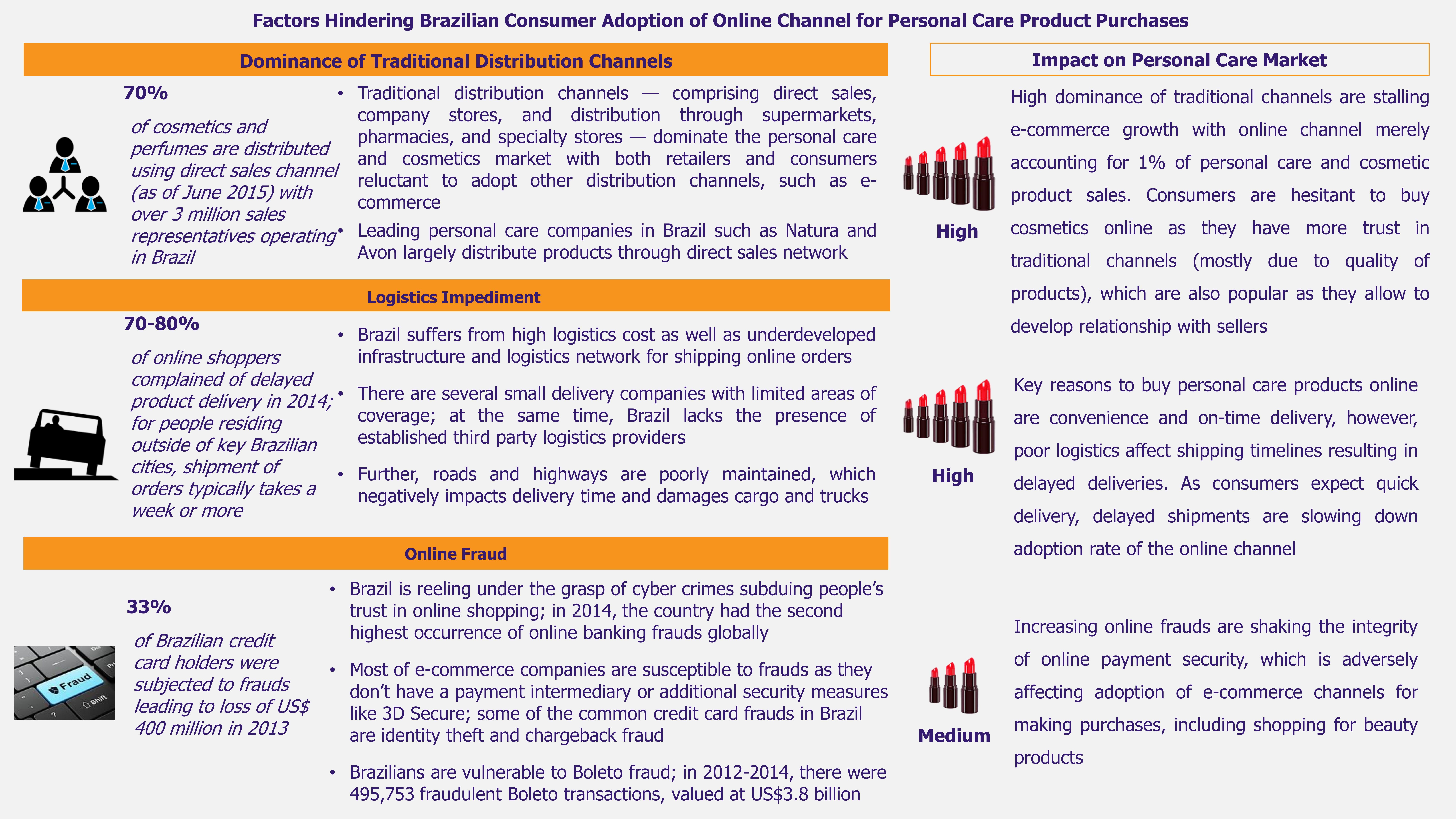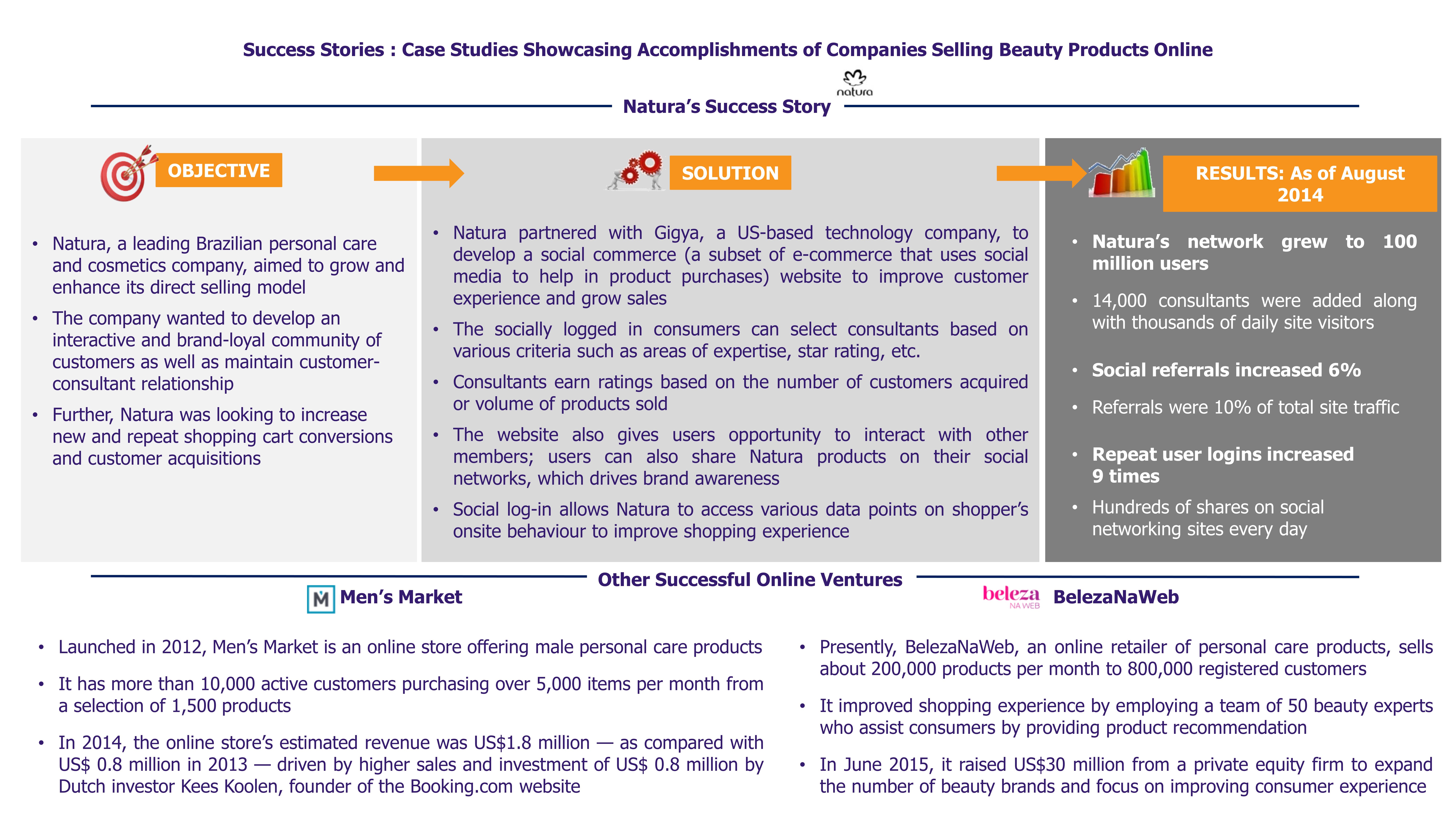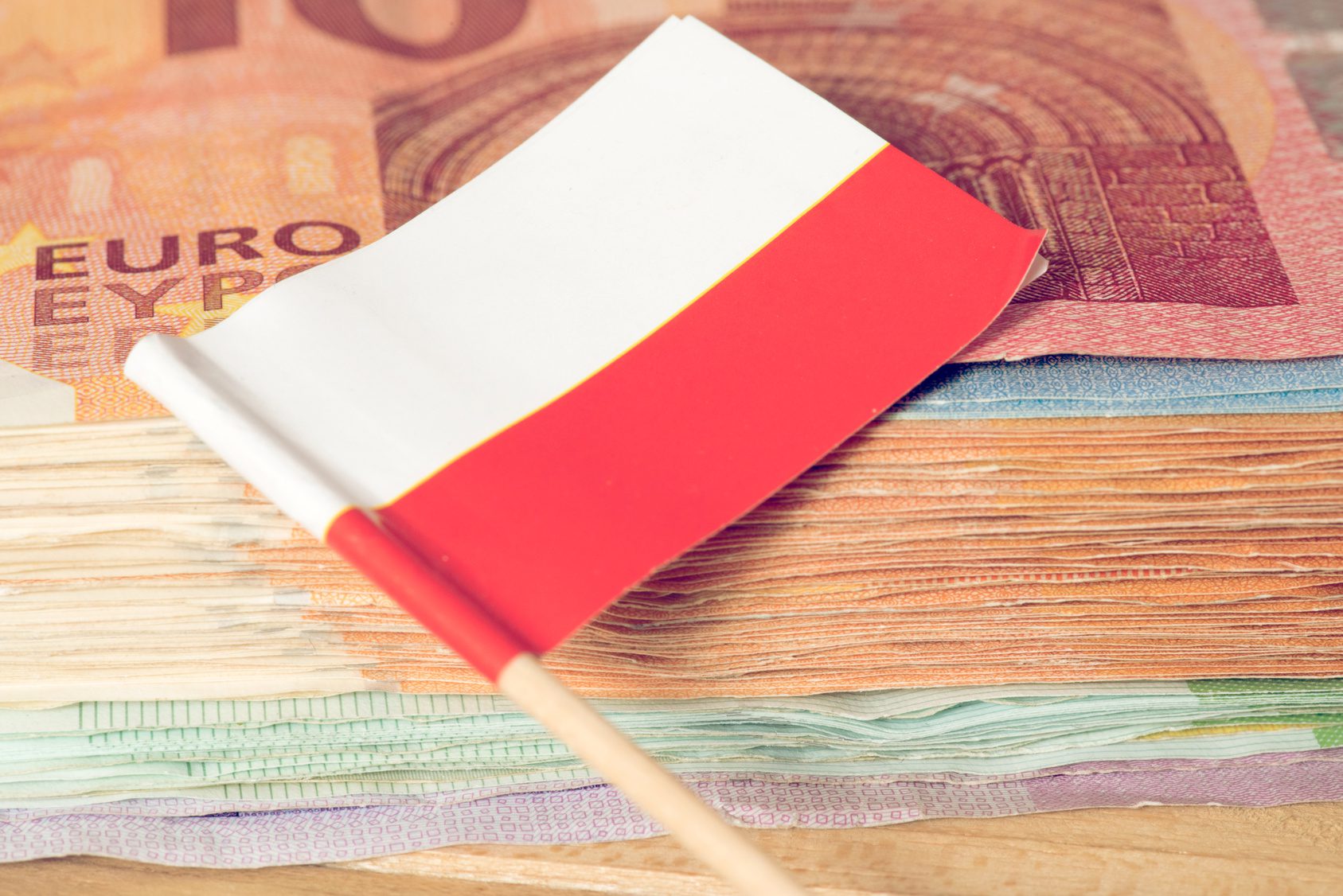In recent years, several reports have talked about how the rapid economic growth, expanding middle class, and consumer spending have fueled growth in Myanmar’s retail industry. Although the growth potential is very lucrative, retailers should also look closely at the industry challenges that currently exist. These challenges must be carefully assessed and addressed in order to capture the growth opportunities and succeed in Myanmar.
Myanmar’s rapidly improving growth indicators and demographics have attracted the attention of several investors as well as business consulting firms globally. The country’s growing urbanization, middle class population, and rising disposable income point towards tremendous retail opportunities for players looking for new growth markets.

In the past three years, companies such as Coca-Cola, Carlsberg, PepsiCo, KFC, etc., have already entered and started their business operations in Myanmar, while several others are looking at ways to enter the nation’s lucrative retail market, and to be the part of its growth story. Many industry experts remain upbeat on the nation’s future economic growth prospects, and have projected the retail industry to grow at a strong pace in the future.





EOS Perspective
Rapid economic growth, urbanization, and growing purchasing power, along with consumerization of IT are bringing bigger exposure to international brands for Myanmar’s rising middle class. This is expected to boost the demand for fast moving consumer goods. In addition, the evolving buying preferences of young and aspiring middle-class population, who are looking to spend their rising incomes on bigger and better brands are set to trigger improvements in the range and quality of retail products and services.
Recent FDI reforms and the influx of foreign capital are likely to dramatically change Myanmar’s retail industry landscape in the coming years. International retailers are expected to spur industry growth by creating more jobs, improving supply chain networks and infrastructure, bringing cutting-edge technologies, processes, and management best practices. Furthermore, the increased competition between local and foreign retailers is likely to promote market efficiency, which might also result in better portfolio of grocery products and services on offer.
For foreign players, Myanmar’s retail industry still remains relatively unknown. As the market remains highly fragmented with lack of structured data on consumer preferences and market segmentation, companies need to spend time to study the market.
The best strategy for foreign retailers should be to form a joint-venture with the right local partner, who has comprehensive understanding of the market and its consumers’ buying behavior. Joint ventures remain the preferred strategy for many multinational retailers to enter Myanmar’s retail industry. With the help of trade fairs and road-shows, companies can identify and engage with potential partners. This will help them conduct due diligence, at the same time gain better understanding of the industry as well as first hand market insights. Many companies from Japan and Singapore have successfully reaped the benefits of this approach.
Proven as very challenging, retailing in rural Myanmar remains untapped. There are plenty of growth opportunities for grocery retailers as consumer and market dynamics are expected to continuously improve in the long run. By offering value added services such as bill payments, mobile recharge and top-up cards, and postal services, retailers can truly create a competitive advantage. Retailers can start investing in partnerships with wholesalers and independent retailers to grow their current network. Once the opportunities become ripe, retailers can scale up their operations by acquiring these partners, and thus expand their footprint in new geographies.

In order to succeed in Myanmar’s grocery retailing, foreign and local players will have to form strategic alliances and create a win-win relationship through exchanging technologies and global best practices with sales network and market intelligence. Furthermore, retailers must be agile, flexible, and adaptable enough to seize market opportunities in Myanmar’s fragmented retail sector. Succeeding in Myanmar’s grocery retailing requires unique solutions tailored to meet the evolving demands of various consumer segments.



















